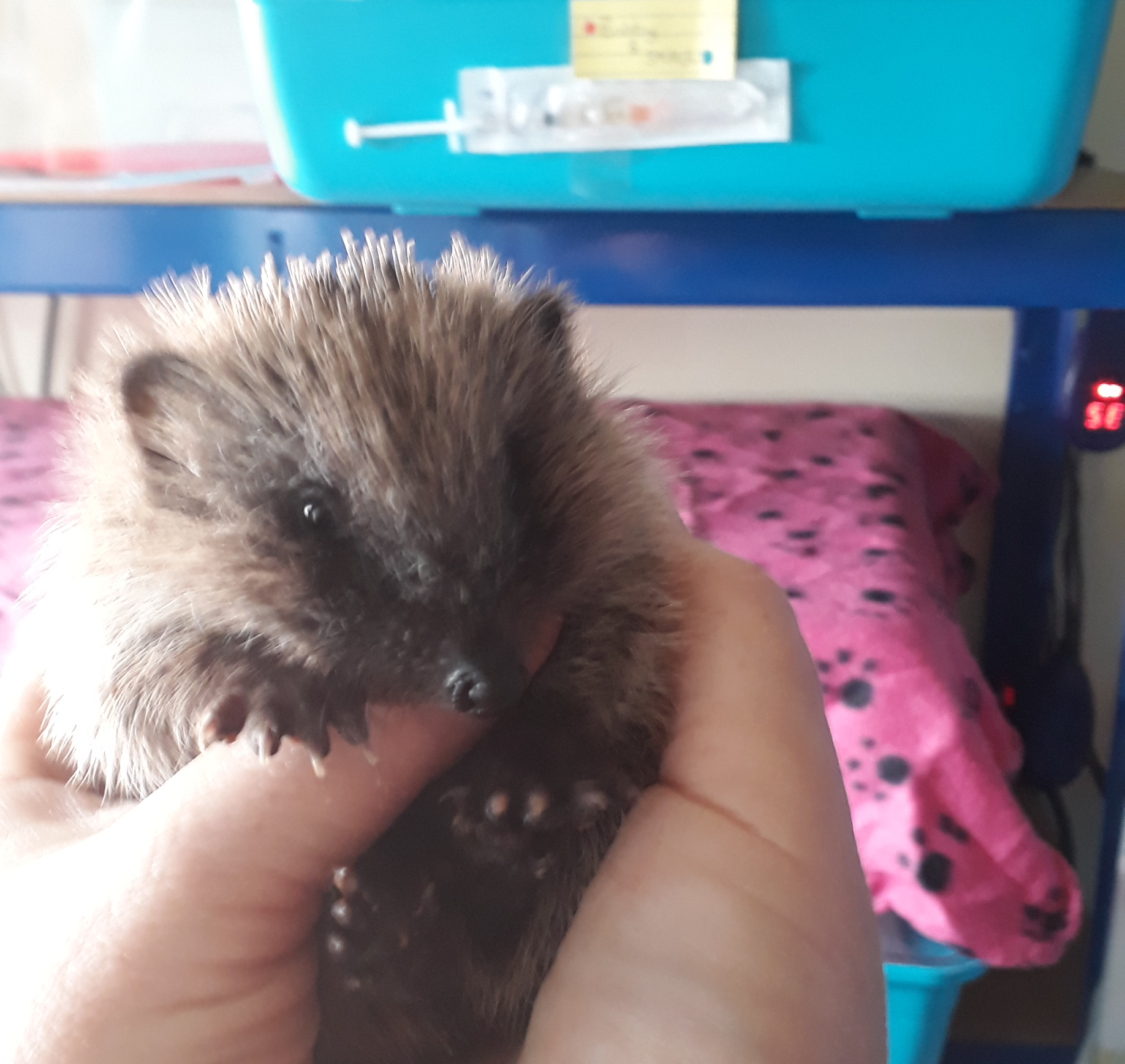New national planning guidance published on Sunday by communities secretary James Brokenshire orders developers to do more to protect wildlife. Ludlow Swift Group will welcome his insistence that developers install swift bricks in new homes. Pricklebums Hedgehog Rescue and the British Hedgehog Preservation Society will welcome the obligation for developers to install hedgehog highways. There is more to this guidance which strengthens requirements for developers and councils to seek a net gain in biodiversity when developments are built.
This is a welcome announcement but there is wriggle room in the guidance and a lot will depend on local interpretation. Wildlife groups and communities will need to lobby Shropshire Council to ensure that its forthcoming local plan has the strongest measures possible to protect and enhance biodiversity. Those measures might include a “greening factor”.

James Brokenshire’s announcement came as ministers rushed to get out policy statements ahead of the cabinet reshuffle which is expected to begin tomorrow. They want to leave a legacy from their time in office, rather than unfinished business that the next incumbent might cast aside.
The changes come in an announcement from James Brokenshire and publication of new national planning practice guidance. According to the guidance, net biodiversity gain in planning “describes an approach to development that leaves the natural environment in a measurably better state than it was beforehand. Net gain is an umbrella term for both biodiversity net gain and wider environmental net gain.” Compared to the previous edition, the guidance places much stronger emphasis on ways development can enhance biodiversity and the environment. The guidance suggests that measures could involve creating new habitats, including drainage areas to create wetlands for birds and amphibians, enhancing existing habitats, providing green roofs, green walls, street trees or sustainable drainage systems.
“Relatively small features can often achieve important benefits for wildlife, such as incorporating ‘swift bricks’ and bat boxes in developments and providing safe routes for hedgehogs between different areas of habitat.”
Biodiversity gain can either be provided on site or off site. There is wriggle room in this guidance which only talks about net biodiversity gain “where appropriate” which is somewhat vague. It was expected to be clarified in the Environment Bill championed by Michael Gove but if he is replaced in the reshuffle the details of the bill could change.
Launching the guidance, James Brokenshire said:
“Building the new homes this country needs must not come at the detriment of our natural heritage. It is right that as we deliver houses for people, we must also provide homes for wildlife too – whether that’s for hedgehogs, frogs, newts or birds. The public have told us that protecting wildlife is important to them – so my message to house builders is to harness this support and get building in a way that protects the environment for the next generation.”
Shropshire Council is currently reviewing its local plan. It has been concentrating on finding development sites and we have yet to see the detailed policies on biodiversity. These need to be much stronger than in the current core strategy and SAMDev. James Brokenshire’s welcome announcement will help us achieve that.
One idea we should consider is a “greening factor”. This introduces a formal method for calculating the minimum green infrastructure needed for a development. It has been used in Seattle, Berlin, Helsinki and Southampton. It will be introduced in London very shortly. Currently, Shropshire Council has open space standards but no biodiversity standards. A greening factor would ensure that developers, planners and councillors know what is required for every development.

